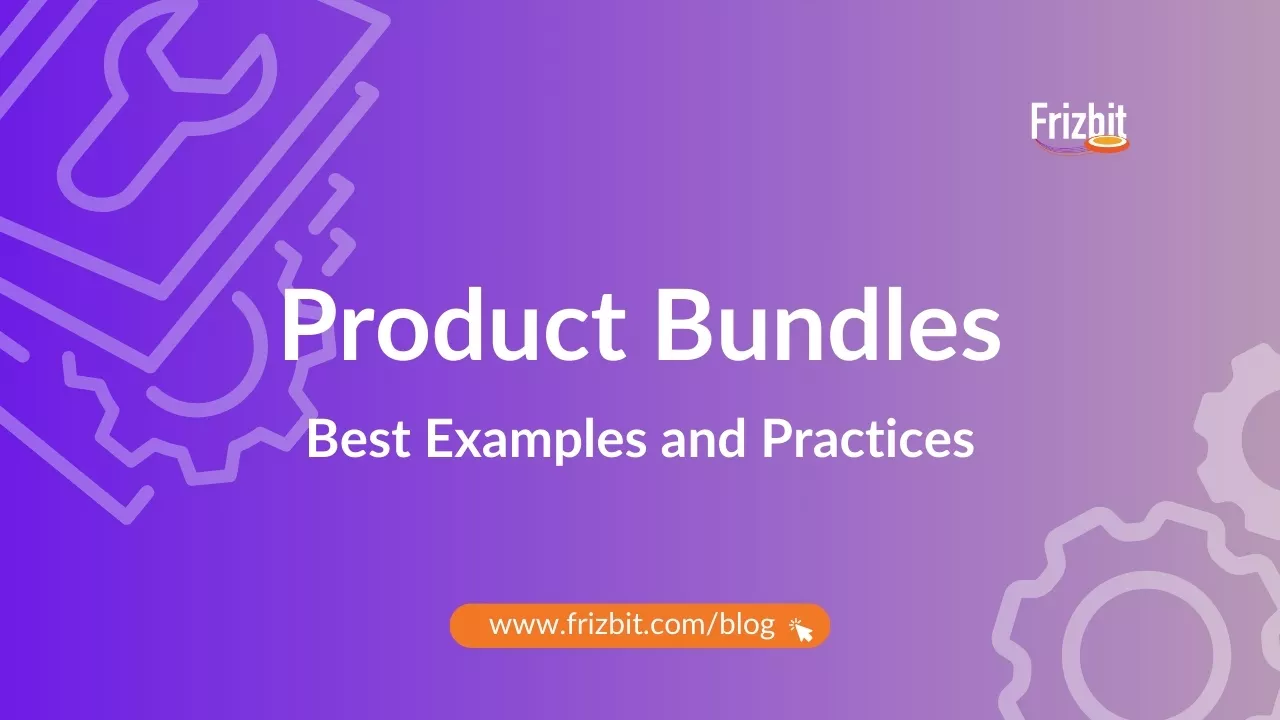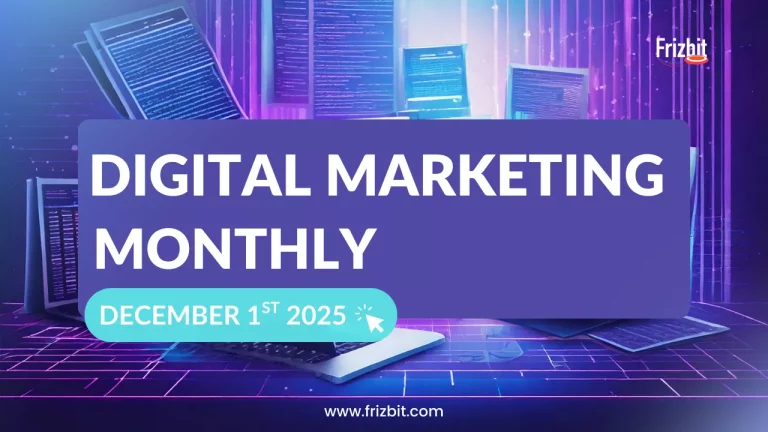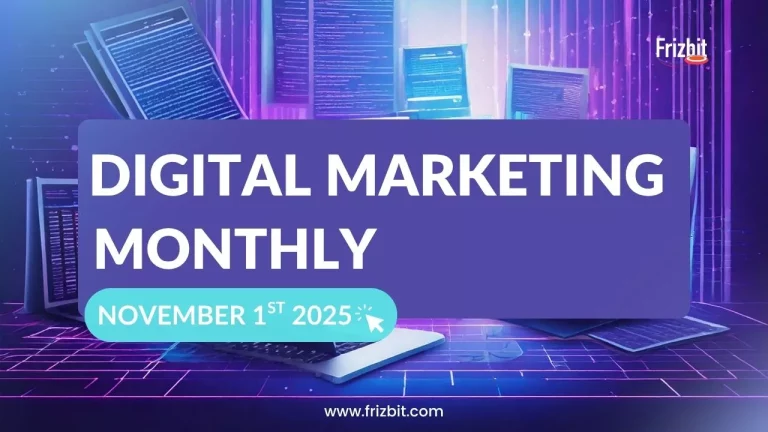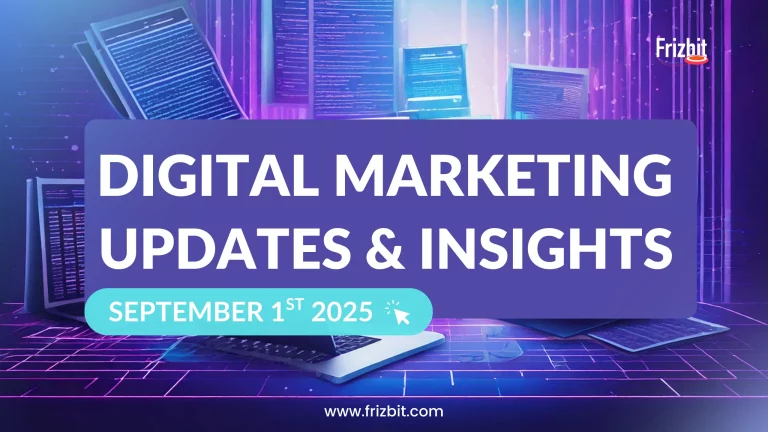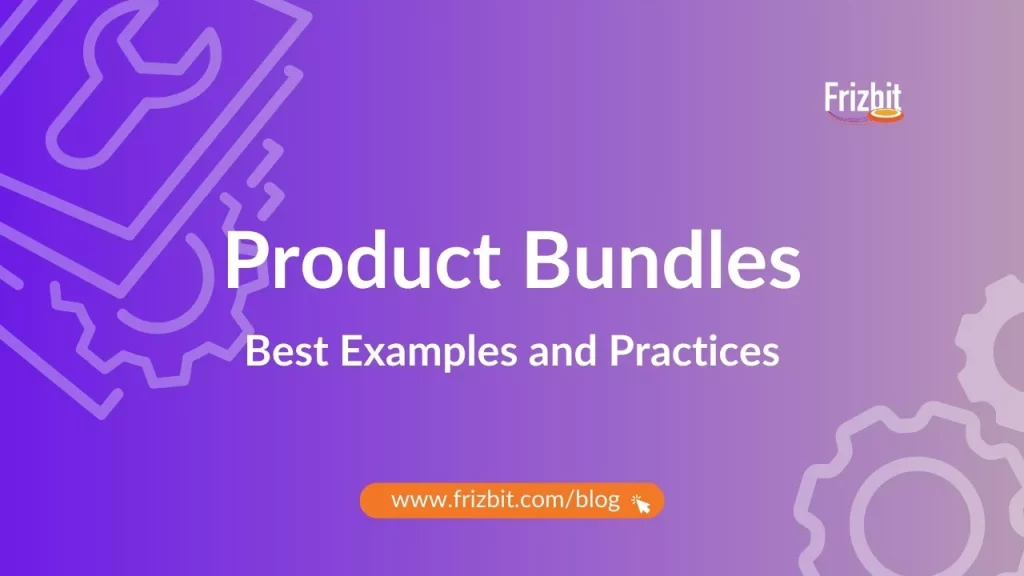
Product bundles are an effective e-commerce strategy that enhances the customer shopping experience, revenue, customer’s average orderer value (AOV), and lifetime value (LTV). The strategy is based in selling multiple items or services as a combined package with a cross-selling strategy, and preferably through the use of AI.
According to Forrester’s research, upselling and cross-selling contribute to approximately 10-30% of eCommerce revenues.
In this blog, we will explore some product bundling examples and the best practices to help you convert more sales through cross-selling in e-commerce.
Product Bundling Examples- Brands Doing it Right!
1. Pure Bundles for Clearing Out Slow Movers
Pure product bundles combine products that can’t be bought individually, making them ideal for mobilizing slow-moving items.
This strategy is perfect for products that may not sell well on their own but provide value when combined.
Example
Harry’s offers a product bundles that includes their razor handle with additional blades and shaving cream, which can only be purchased together. This helps move inventory of less popular items alongside their main product.
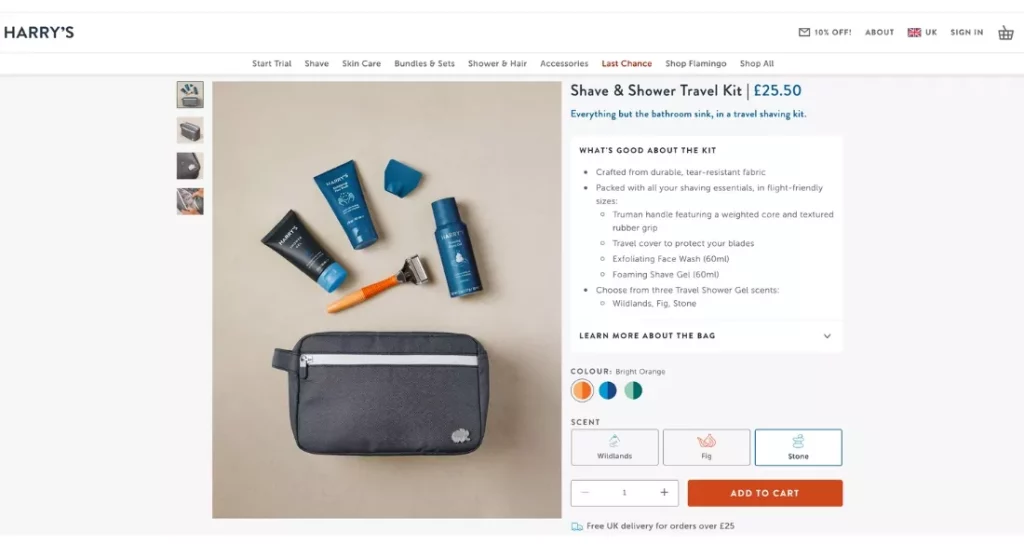
Pros and Cons
This would require defining it as a sole product on the e-commerce platform, to include each of the products which makes them a set. That’s why, it may be some time-consuming practice for the e-commerce team who create the product pages and their description on the e-commerce platform. As the setup of this requires manually bundling the products, no easy-to-use intelligence can be used. However, on the other hand, it may still be worthwhile if the smaller products have higher margins to cover up the time investment to be done on the product pages.
2. Mixed Bundles for More Flexibility
In Mixed bundles, products are offered in product bundles and also separately, giving the customer more flexibility to choose what seems more convenient. The strategy here is to encourage the customer to opt for the product bundles by offering it at a discounted price.
Example: Glossier’s skincare sets, like the “Glossier Skincare Edit,” give you the option to buy the recommended product bundles or choose individual products.
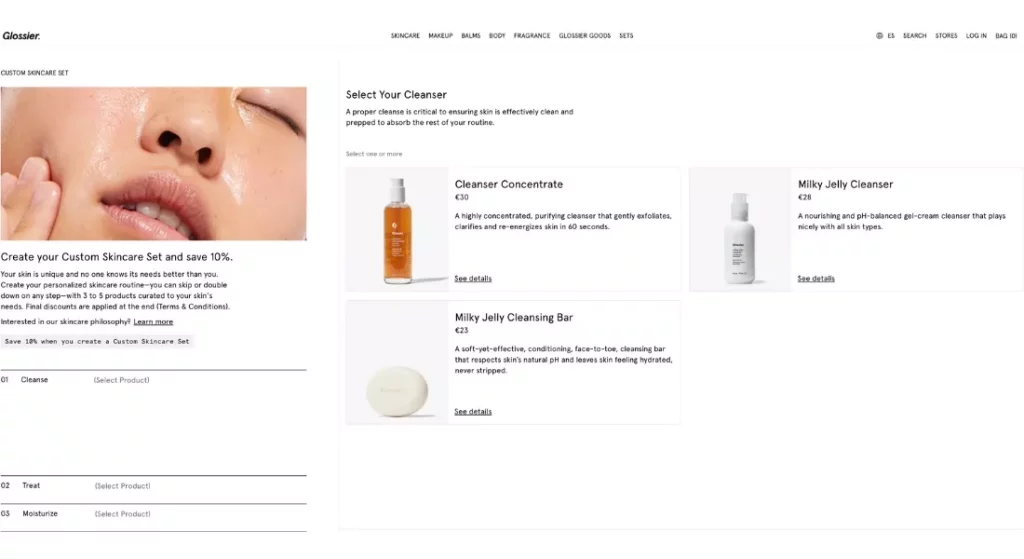
Pros and Cons
Mixed bundles provide flexibility, catering to different customer preferences and potentially attracting a broader audience. This flexibility can lead to increased customer satisfaction and higher sales as customers can choose the option that best fits their needs.
However, if not priced carefully, customers might perceive that buying individually is more economical, which could undermine the purpose of the product bundles.
3. Enhance savings through “buy-more-pay-less” bundles
Buy-more-pay-less product bundles offer savings when customers purchase more items. This strategy encourages bulk purchases by providing significant discounts on larger quantities.
Example: Blue Apron offers discounts when customers purchase meal plans for multiple weeks at once, encouraging higher volume purchases.
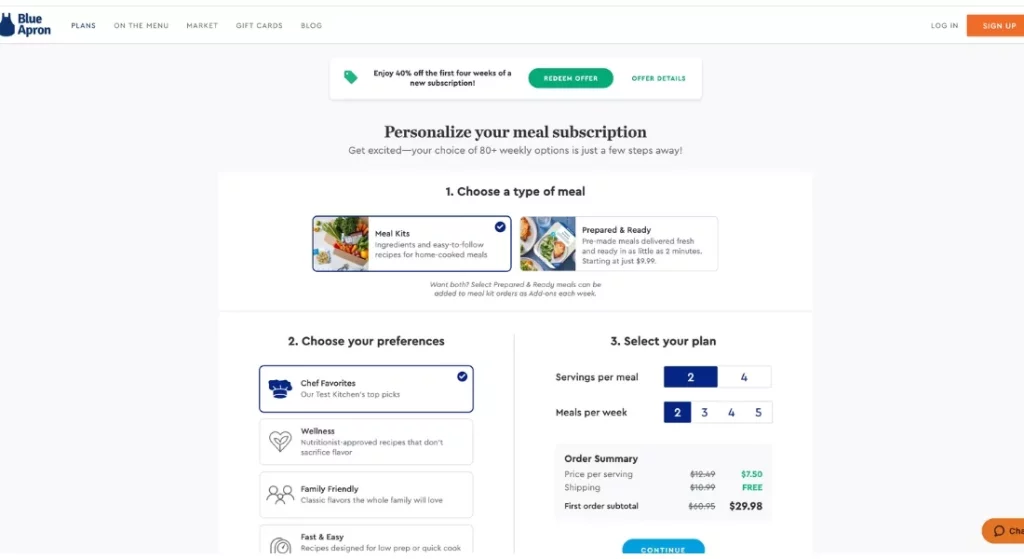
Pros and Cons
This approach drives bulk purchases and increases average order value, which can lead to higher overall revenue and improved customer satisfaction due to perceived savings. However, offering significant discounts can reduce profit margins if not carefully managed.
Additionally, it requires inventory management to avoid stockouts or overstock situations.
4. BOGO Bundles for Inventory Management
Buy-One-Get-One (BOGO) product bundles are popular for moving inventory quickly. They incentivize purchases by offering a free or discounted item with the purchase of another.
Example: Bath & Body Works frequently offers BOGO promotions on their seasonal fragrances and lotions.
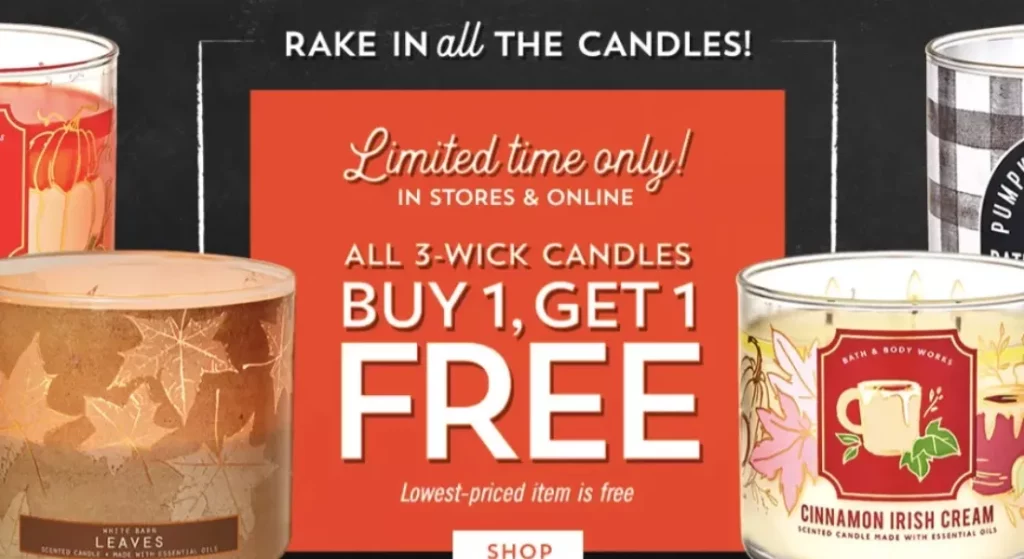
Pros and Cons
BOGO deals are effective for fast inventory turnover and attracting price-sensitive customers, quickly clearing out excess stock and making room for new inventory. This can be particularly beneficial for perishable or seasonal items.
However, these promotions can significantly reduce profit margins as the cost of the free item must be absorbed by the business. Additionally, careful stock management is required to avoid shortages, which could lead to missed sales opportunities and customer dissatisfaction.
5. Cross-Sell Bundles for Enhanced Shopping Experience
Cross-sell bundles recommend additional products that complement the main purchase. This strategy enhances the overall shopping experience by providing a complete solution.
Example: Nike’s “Complete the Look” feature recommends apparel and accessories to go along with the selected shoes.
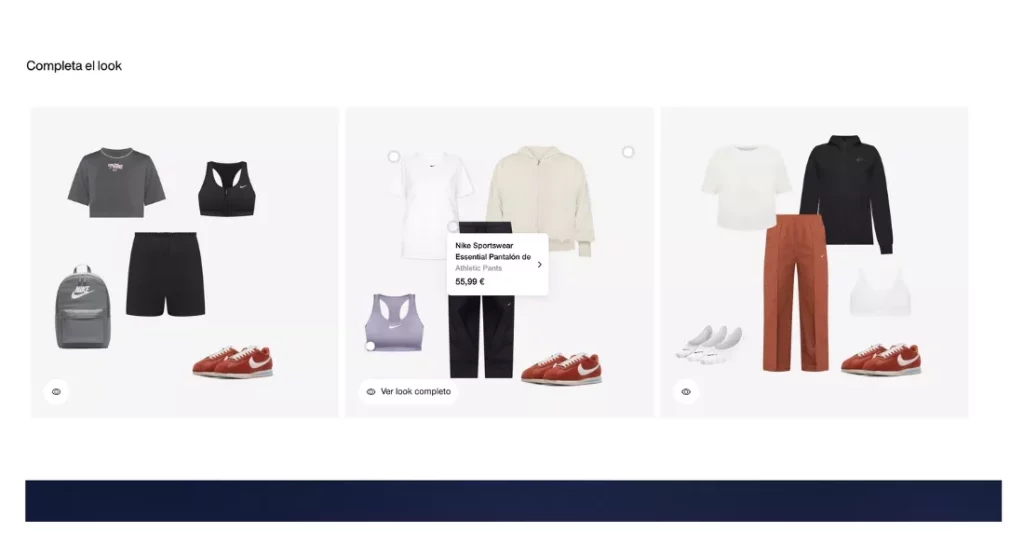
Pros and Cons
This approach increases the average order value and customer satisfaction by offering comprehensive solutions that make shopping more convenient and enjoyable.
However, implementing effective cross-sell product bundles requires sophisticated recommendation algorithms that can accurately predict customer preferences and needs. If too many suggestions are presented, it can overwhelm customers, leading to decision fatigue.
6. Subscription Bundles for Recurring Revenue
Subscription bundles offer recurring value, keeping customers engaged and increasing lifetime value. These bundles typically include regular delivery of products, often at a discounted subscription rate.
Example: BarkBox offers monthly subscription boxes filled with toys and treats for dogs, providing ongoing value to pet owners.
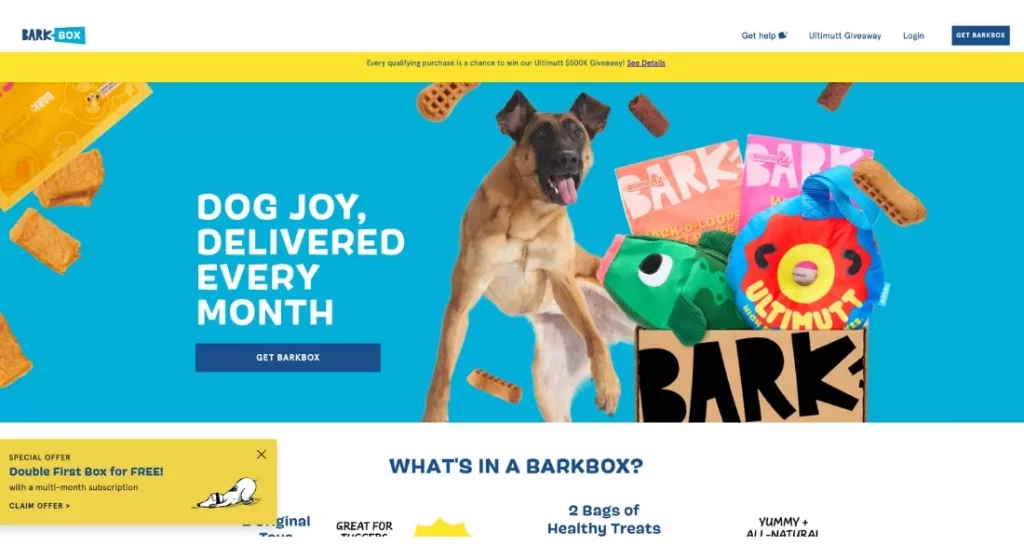
Pros and Cons
Subscription bundles ensure recurring revenue and foster customer loyalty.
However, they require consistent product supply and can be complex to manage due to the logistics of regular deliveries.
7. Hand-picked Bundles for Personalized Shopping
Hand-picked bundles allow customers to create their own product combinations, offering a personalized shopping experience. This flexibility can lead to higher satisfaction and increased sales.
Example: Sephora implements a Hand-picked strategy, allowing the customers to choose three to five items from a selection of skincare, makeup, and hair care products.

Pros and Cons
The ability to personalize product bundles can foster a deeper connection with the brand, as customers feel their individual needs are being met.
However, the operational complexity of fulfilling personalized orders can increase logistical costs and processing time, necessitating careful planning and resource allocation. Balancing these factors is crucial for maintaining the benefits while mitigating the challenges associated with personalized bundling.
8. Seasonal Bundles for Timely Promotions
Seasonal bundles are tailored for specific holidays or seasons, leveraging timely demand to boost sales. These product bundles often include themed products that make them perfect for gifting.
Example: Pai offers seasonal bundles during holidays like Summer.
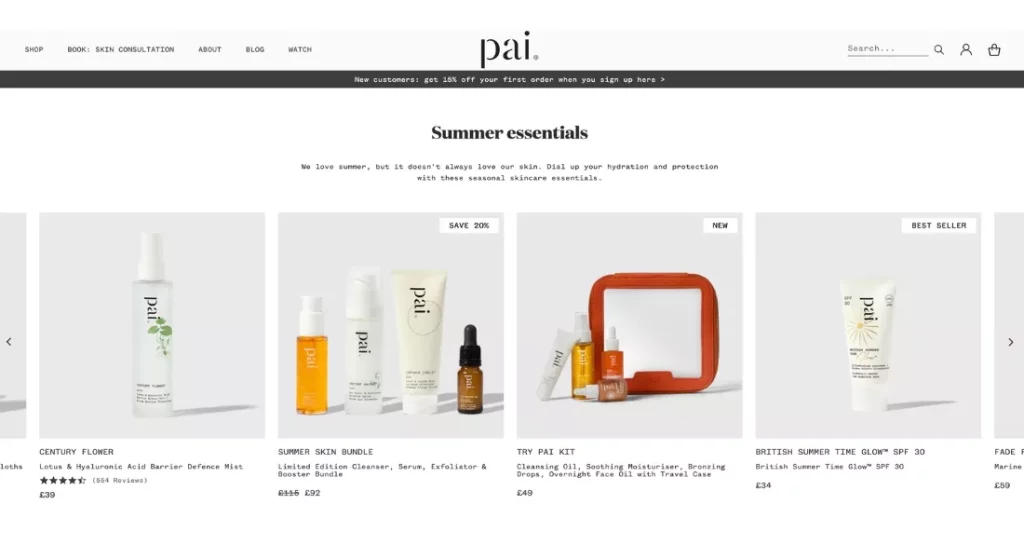
Pros and Cons
Seasonal bundles capitalize on holiday demand and attract gift shoppers.
However, the short-term nature of these product bundles can also mean that any unsold inventory becomes quickly outdated, potentially leading to markdowns or wastage.
9. Clearance Bundles to Move Excess Inventory
Clearance bundles help move surplus inventory by combining slow-moving items at a discounted rate. This approach helps manage stock levels while still generating revenue from unsold products.
Example: Vesta Sheets offers clearance product bundles with multiple linen pieces at a discounted price to clear out excess inventory.
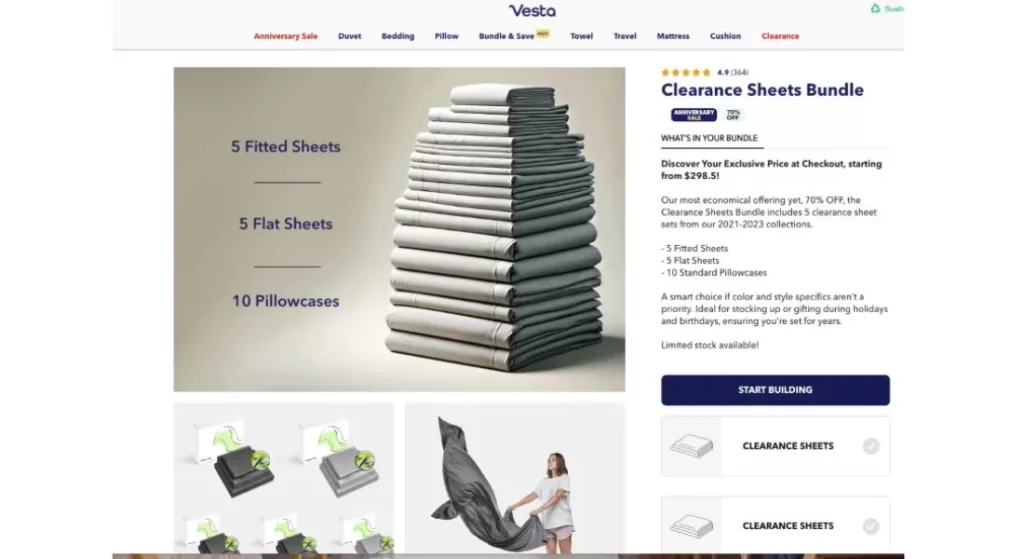
Pros and Cons
While clearance product bundles can quickly free up warehouse space and reduce holding costs, they often involve selling products at significantly reduced prices.
However, relying too heavily on clearance sales can erode profit margins, making it important to balance such strategies with other more profitable sales techniques.
10. Favourite Product Bundles for Loyalty
Bundling favorite items can enhance customer loyalty by offering discounts on popular products. This encourages repeat purchases and fosters a stronger connection with your brand.
Example: OUAI offers quantity discount product bundles on their popular products, encouraging customers to buy in bulk and save.

Pros and Cons
Favourite product bundles can significantly increase customer loyalty and repeat purchases. However, while these product bundles boost short-term sales, there is a risk that customers may delay purchases in anticipation of future discounts, potentially affecting long-term sales.
11. Gift Box Bundling for Customized Gifting
Gift boxes with customization options attract gift shoppers by allowing them to create personalized presents. This makes the shopping experience more appealing because customers are easily guided to build their ideal bundle.
Example: Giften Market offers gift boxes where customers can choose from a variety of items within a fixed price range.
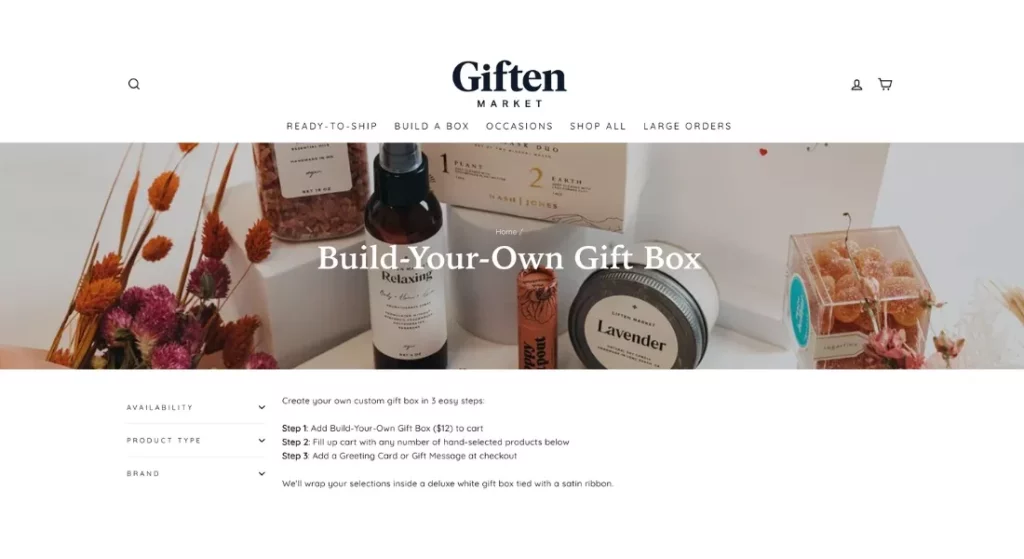
Pros and cons
Gift box bundling is highly appealing for shoppers looking for personalized and thoughtful gifts, which can increase sales during holiday seasons and special occasions. However, the added complexity of customization options might lead to longer processing times and increased operational costs.
12. Experts Picks Bundles for Credibility
Experts favourites bundles provide social proof and guide customers in their purchase decisions. These curated bundles enhance credibility and help customers discover new products.
Example: Colorescience offers staff picks bundles featuring an influencer favourite products, helping customers find trusted recommendations.
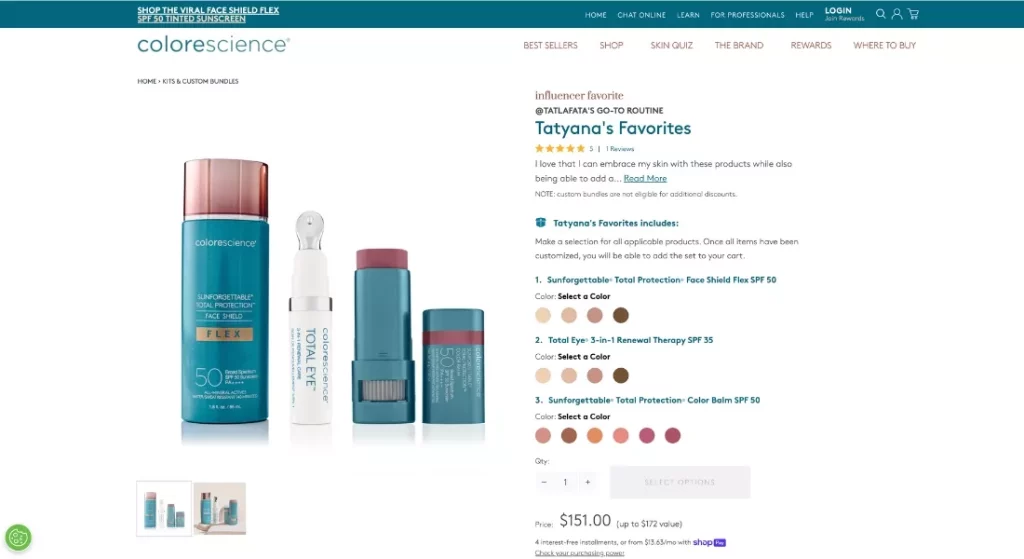
Pros and Cons
Expert picks bundles enhance brand credibility and provide valuable social proof, helping customers feel confident in their purchase decisions. However, collaboration with influencers or experts can be costly, and managing these partnerships can require significant time and resources.
13. Limited Edition Bundles to Create Urgency
Limited edition bundles create exclusivity and urgency, encouraging customers to act quickly to avoid missing out. This strategy is effective for driving traffic and sales during specific periods.
Example: Sony offers limited edition products and sell it in a bundle to make it more attractive for customers.

Pros and Cons
Limited edition bundles effectively create a sense of urgency and exclusivity, driving quick sales and increasing demand.
However, they have a limited sales window, requiring precise inventory planning and marketing efforts to ensure maximum visibility and sales within the short timeframe available.
Best Practices for Creating Product Bundles
1. A/B Test
Conduct A/B testing to determine which product combinations entice customers to make purchases. This helps identify underperforming bundles and refine successful ones.
2. Keep it Simple and Attractive
Ensure customers can easily find and understand your bundles. Avoid complicating your pages, which can lead to decision fatigue.
3. Name you Bundles strategically
Your bundle names should resonate with your brand and target audience. Names should be relevant, understandable, and unique.
4. Introduce Product Bundling Opportunities at Checkout
Suggest related products at checkout to trigger additional purchases. This also allows for personalized bundles and can be coupled with discounts to entice shoppers.
5. Landing Pages for Bundles
Develop specific landing pages for each bundle to provide detailed information and improve the shopping experience.
6. Highlight Value with Your Bundles
Price your bundles lower than the sum of individual items, and clearly display the savings to highlight value.
7. Include a Free Item
Attract customers by offering a free gift with certain purchases. This can help with inventory clearance and expand customer knowledge about your brand.
8. Highlight the Savings for Customers
Clearly display the savings when purchasing bundles. This subtle push can drive more sales.
9. Build Urgency
Create urgency with time-limited offers. This strategy can drive quick decisions and boost sales.
10. Use AI
Implement AI to save time, offer smarter recommendations, increase conversion rates, and boost revenue.
Start using AI with Frizbit
Frizbit is a marketing automation platform that offers product bundles, using advanced data collection and hyper-personalization technologies to enhance customer experience and streamline inventory management.
Opting to work with Frizbit can help businesses significantly boost their sales and customer satisfaction.
Product Bundles FAQ
Which is an example of product bundling?
For example, a clothing retailer could bundle three slow moving items, like sandals and sunglasses, with a popular item like a dress, and offer the bundle at a lower price. This could encourage customers to save money and buy the bundle.
What is a bundle of products?
Product bundling is a technique in which several products are grouped together and sold as a single unit for one price. This strategy is used to encourage customers to buy more products.
What is the difference between product bundle and package?
The bundle’s price is the aggregate of the prices of all the bundle components. For example, a computer bundle might be composed of a central processing unit, a monitor, a hard drive, and a CD-ROM drive. Unlike bundles, a package is an atomic collection of catalog entries.
What are bundles of goods?
Bundling is when companies package several of their products or services together as a single combined unit, often for a lower price than they would charge customers to buy each item separately.
How to implement a product bundling strategy?
To implement a product bundling strategy, analyse customer purchase data to identify frequently bought-together items, then group complementary products into attractive bundles.
Set bundle prices that offer savings compared to individual purchases, and market these bundles effectively to target audiences.
Utilizing AI, such as Frizbit’s tools, can further optimize this process by providing personalized bundle recommendations based on real-time data, enhancing both sales and customer satisfaction.
How can I use AI for creating product bundles?
AI can analyse customer behaviour and purchase history to identify frequently bought-together items and suggest effective bundles. It automates the bundling process, ensuring personalized and relevant product combinations. Tools like Frizbit use advanced algorithms to continuously optimize these recommendations, boosting sales and improving inventory management.
